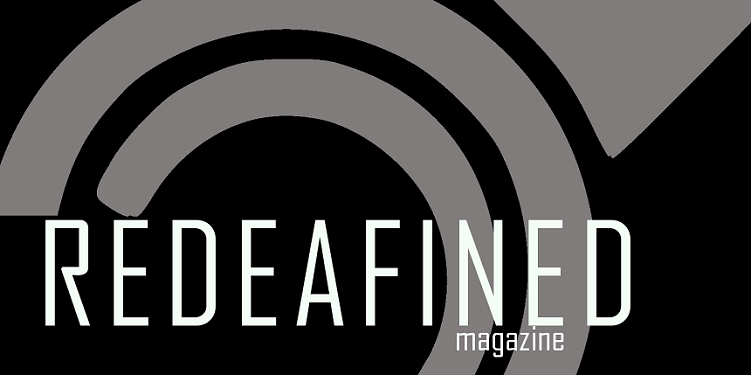 |
| Image courtesy Johns Hopkins Medical |
BAHA Implants: What are they?
BAHA stands for Bone-Anchored Hearing Aid. It's a hearing technology used to treat conductive hearing loss, unilateral deafness, or physiological malformations of the outer or middle ear that can't be treated by conventional aids.
How does a BAHA implant work?
The BAHA bypasses the blocked or malfunctioning part of the outer or middle ear by transmitting sound wave vibrations directly through the skull to the inner ear where they are interpreted by the cochlea and brain as sound.
What's conductive hearing loss?
Most people are more familiar with sensorineural hearing loss, a hearing loss caused by damage in the inner ear, or cochlea. This type of hearing loss is a more common cause of deafness from birth, and is also the cause of presbycusis, or progressive hearing loss in older people.
Conductive hearing loss means there is a problem with the conduction, or transfer, of sound waves anywhere along their route from the outer to the inner ear. A conductive loss may occur due to problems with the outer ear, ear canal, ear drum, or ossicles, three small bones in the middle ear that transfer sound information from the eardrum to the cochlea. Whereas people with sensorineural hearing loss often have functioning middle ears, those with conductive hearing loss have functioning inner ears, and so cannot be treated effectively with conventional hearing aids or cochlear implants.
What about unilateral hearing loss?
BAHAs are sometimes used to treat single-sided sensorineural hearing loss by having the sound information on the deaf side sent through the skull bone to the hearing side, providing the user with improved speech comprehension and localization of sound.
What does BAHA implant surgery entail?
A small incision is made in the head, and a titanium prosthesis is inserted into the skull. Depending on the implant design, a screw or some other clasping device is visible externally; this is where the sound processor, normally a small square box as illustrated in the image above, will be connected. Initially after surgery, a small healing cap is placed over the connecting clasp to prevent infection. The sound processor is programmed and three to six weeks later in a follow-up audiology appointment, after the incision site is healed.
Can children be implanted with BAHAs?
In some countries surgery for BAHA implants has been performed as young as 13 months, but in the United States the FDA has only approved the surgery for children aged five and up, due to the soft and thin nature of infant and toddler skull bone. However, young children can be fitted with headbands that hold the BAHAs to the head so that auditory information is still received before implantation can be completed. Many children are fitted with BAHA headbands as young as one month old.
How is a BAHA different than a cochlear implant?
Sometimes BAHAs and CIs are confused because they are both implanted hearing devices and a major manufacturer of BAHAs is a company named Cochlear (which consequently also manufactures CIs). The main difference between the two is that they treat different types of hearing losses. A BAHA is a hearing aid, amplifying and feeding sound around the problematic area of the patient's outer or middle ear to the functioning cochlea. A cochlear implant replaces a non-functioning cochlea, sending information directly to the brain and creating the sensation of sound.
If you have a question of your own add it in the comments and we'll be happy to add it to the discussion!

No comments:
Post a Comment